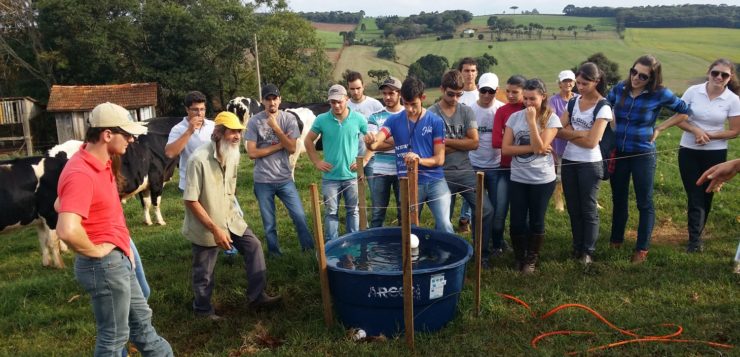21st Century teachers are more learner-centred and technology savvy. We know we shape the future of our students, stakeholders and society. We train, retrain, adapt and embrace the new challenges throughout our lives. Education is not an easy environment but it is a rewarding one. This is why we look for new methods, approaches and technologies that help enhance the learning experiences of our students and help enrich the future resources of regional stakeholders.
The needs of future graduates/workers are no longer local, they are global and communication skills provide the passport. The tendency has been to teach English using foreign teachers using foreign material with local staff teaching in the local language using local materials thereby creating a ‘school within a school’.
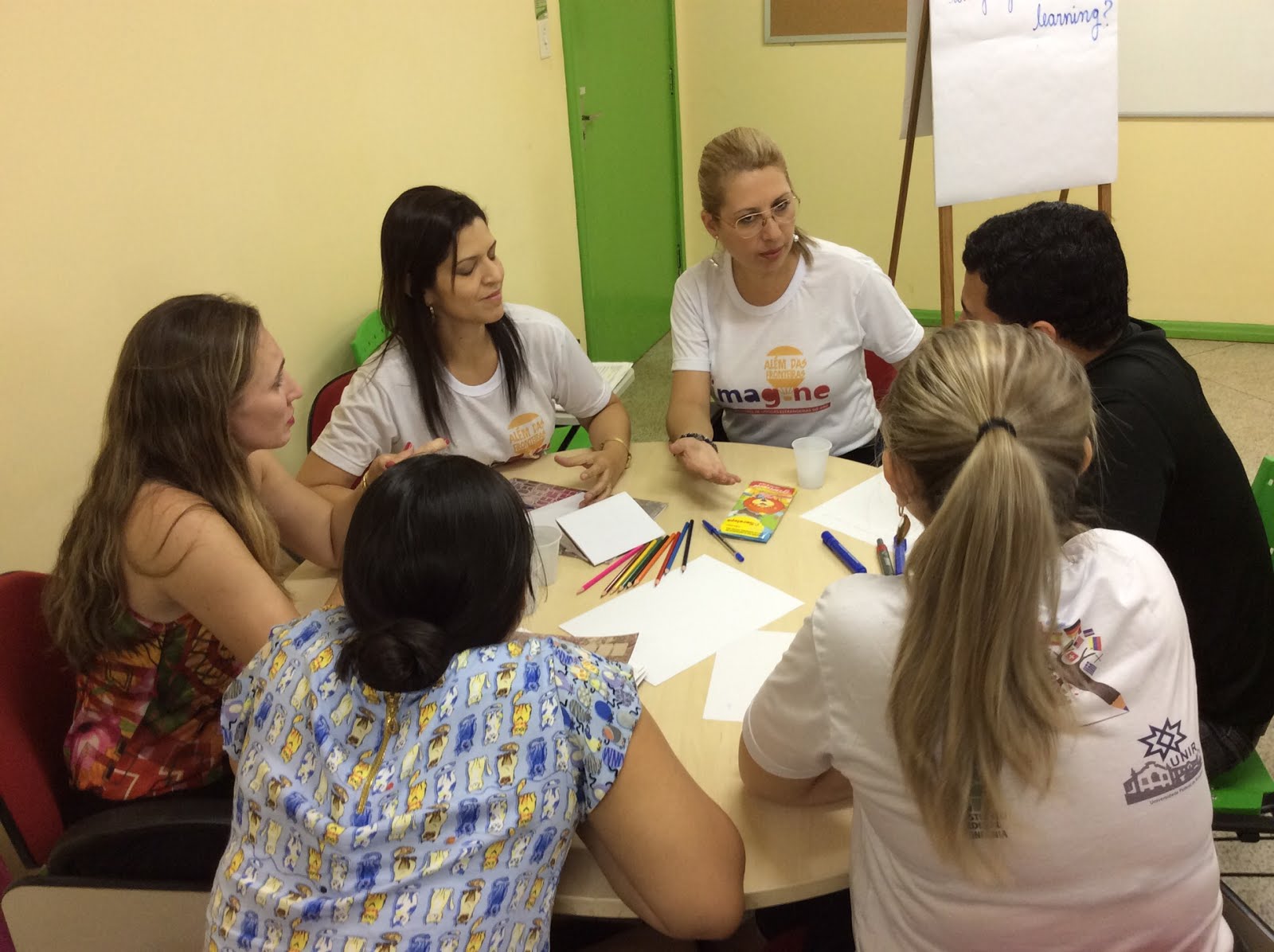
What is CLIL?
CLIL is an approach that opens doors for our students and breaks down borders. It has brought together language teachers and subject teachers, collaborating through many forms of PBL: phenomenon, problem and project-based learning. It has brought together institutes and it has brought together institutes with regional stakeholders such as hospitals, farmers and companies.
What are these borders? They can be barriers between subjects, disciplines, institutional functions, institutes and an institute’s region. CLIL is a bridge allowing subjects to be taught beyond the school lingua franca; allowing the learning of a subject with a new language and sometimes using the lingua franca as scaffolding. Finally, it gives students the competences needed for their work after graduation; making them more employable and relevant to the needs of the region.
Who teaches CLIL? Any subject teacher who is competent in another language e.g. English, Portuguese, Spanish, French etc. As a CLIL teacher you may not need an English teacher in the CLIL classroom. However language teachers who have a strong basic knowledge of your subject would be ideal in first year training or orientation of that subject and would be important in the support of the subject teacher further on in the curriculum. You can find examples of CLIL lessons below.
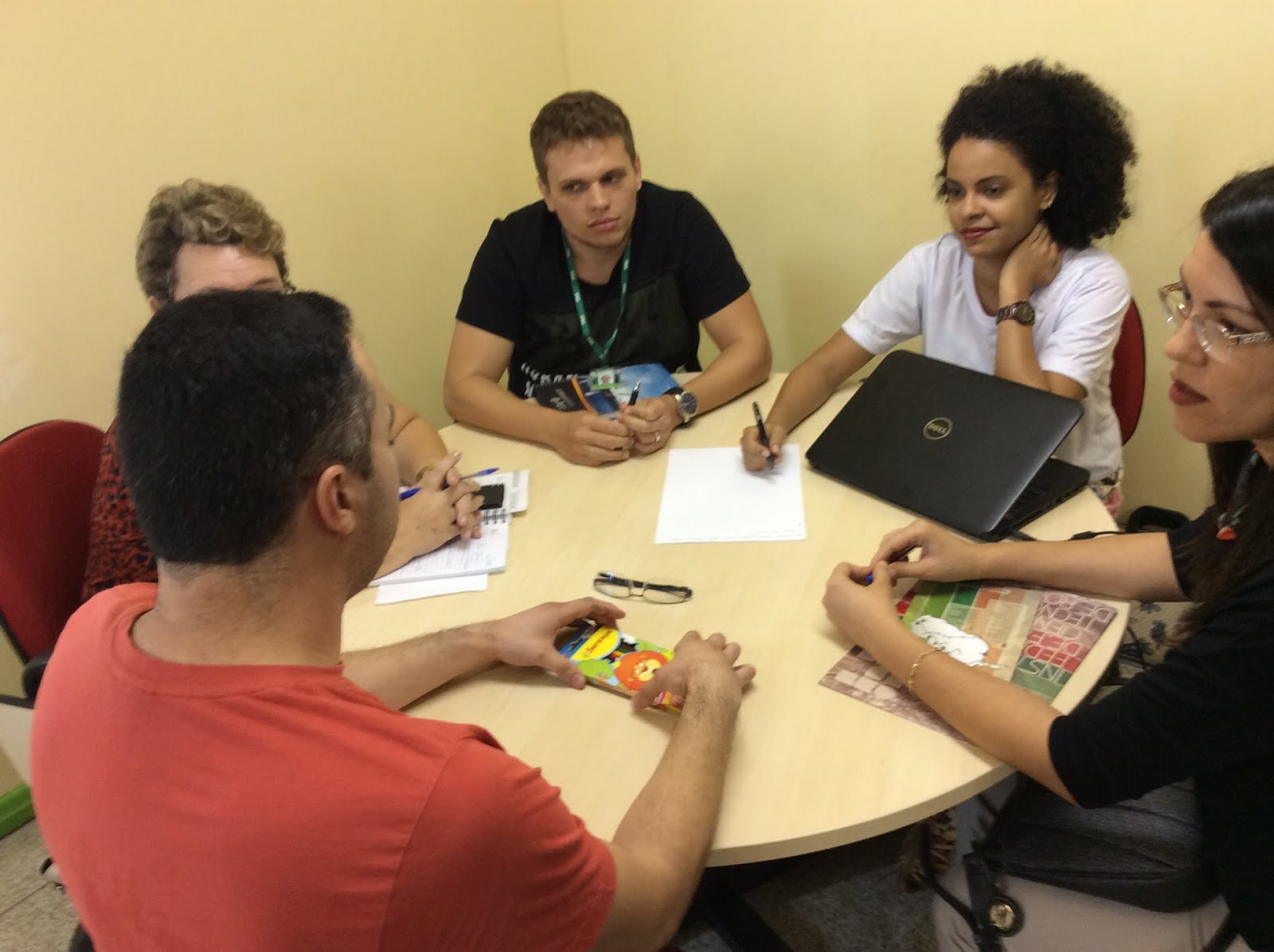
David Marsh is the father of CLIL
CLIL was coined in 1996 by David Marsh, an English professor working in Finland. He addresses this issue of a school within a school in this interview about the beginnings of CLIL (YouTube, 9.08 minutes). The main message is that you have the resources to make your institute global and make your students more employable, not an imported teacher like me unless of course we are fully committed to the regional culture of learning. Imported teachers can guide and advise but the solutions are in your capable hands.
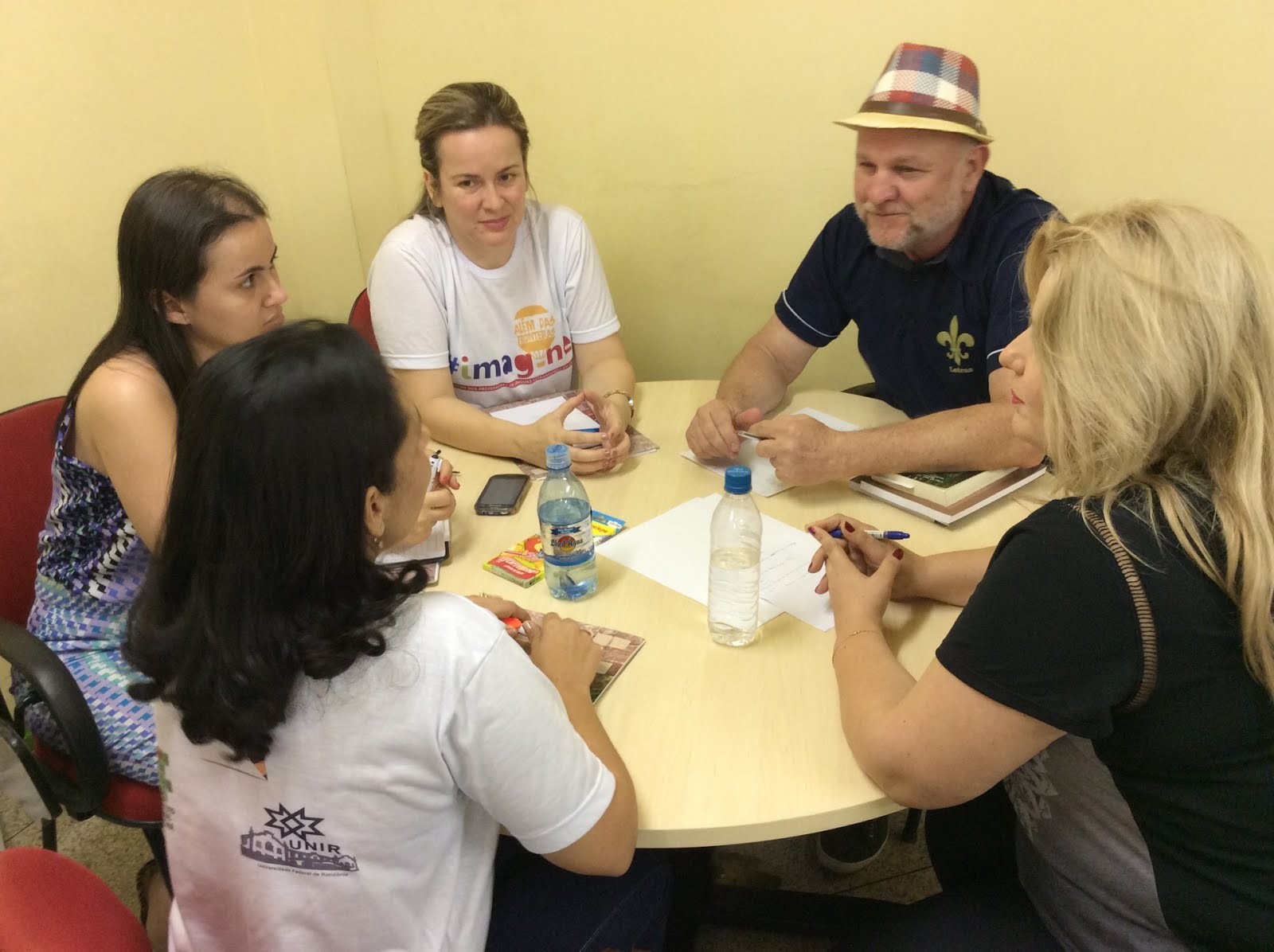
From Africa to Brazil to Africa
The implications of breaking down borders are immense. For example, when I was teaching in Kenya I met professors from the International Institute of Rural Reconstruction (IIRR). They were helping African professors to implement their research in a practical way. The main idea was to break down the borders between academia and the world of work. They did this by getting the highly academic research papers, especially in agribusiness, off the dusty shelves and rewriting them so that farmers, policy makers and entrepreneurs could understand them.
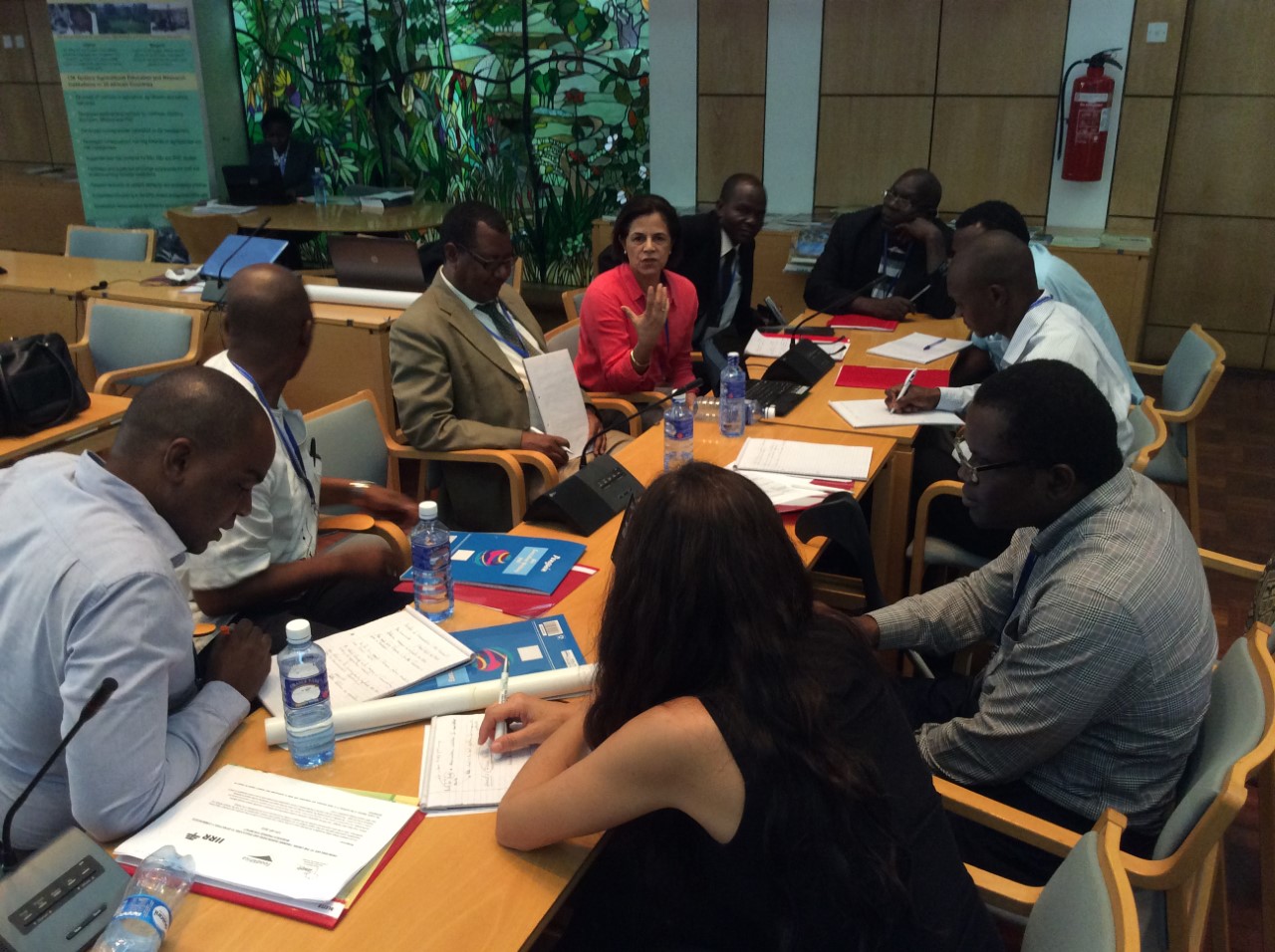

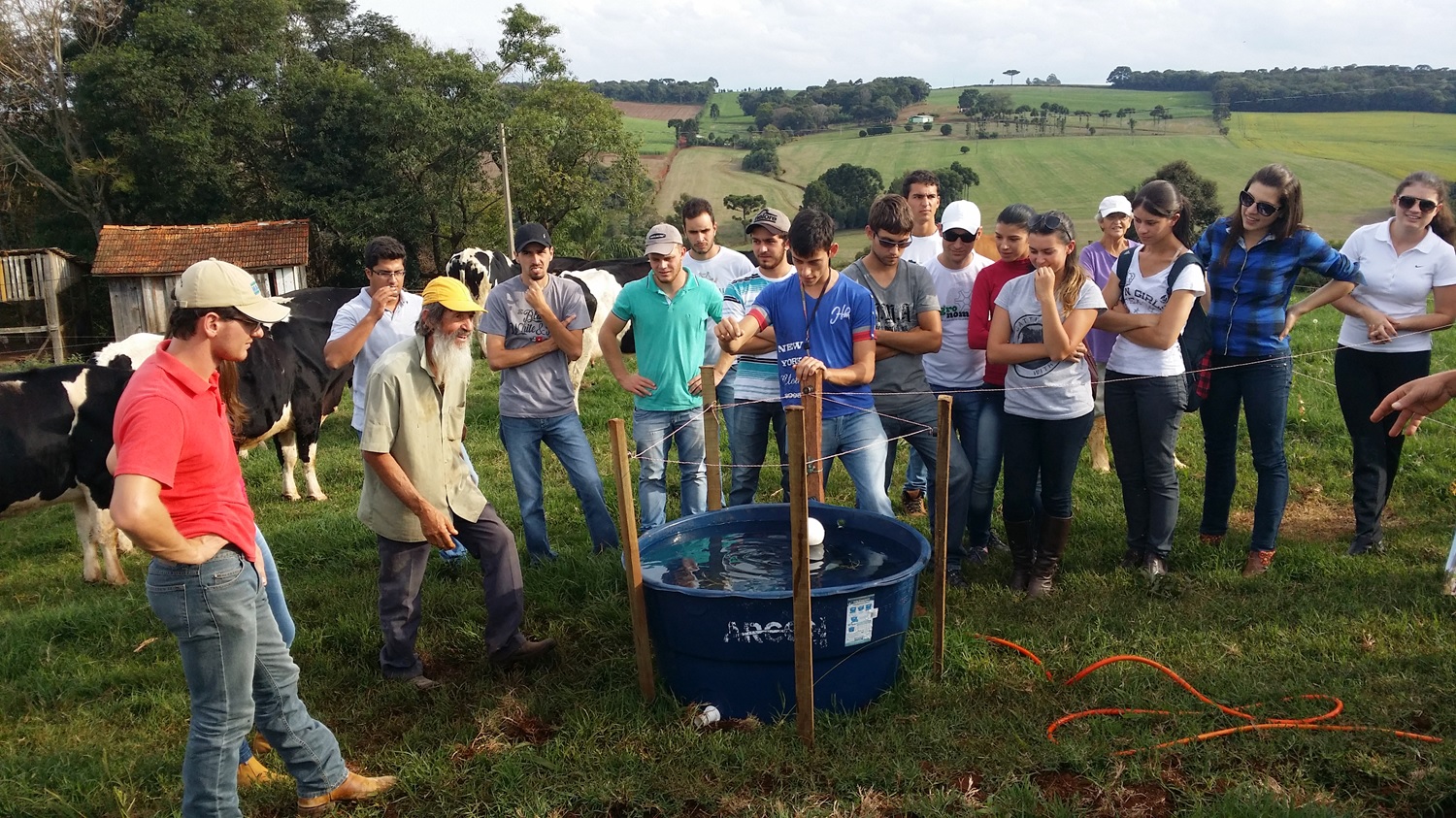
Some Brazilian Institutes are now moving towards a CLIL approach. In 2016 I had the opportunity to visit Porto Velho. The English teachers were motivated to learn the CLIL method and then disseminate that amongst the subject teachers. There aim is to empower their teachers and students. They see a need to give their students as many advantages as possible in the job market where competences to internationalise are a clear advantage.
Institutional support is important
It is important that all ventures and projects have complete support throughout our institutes. It is important that there is a culture of learning beyond the classroom. The rectors of CONIF (Conselho Nacional das Instituições da Rede Federal de Educação Profissional, Científica e Tecnológica) came to Finland to find out more about their teachers education in Häme University of Applied Sciences and how they had developed, what they had become – in another language.
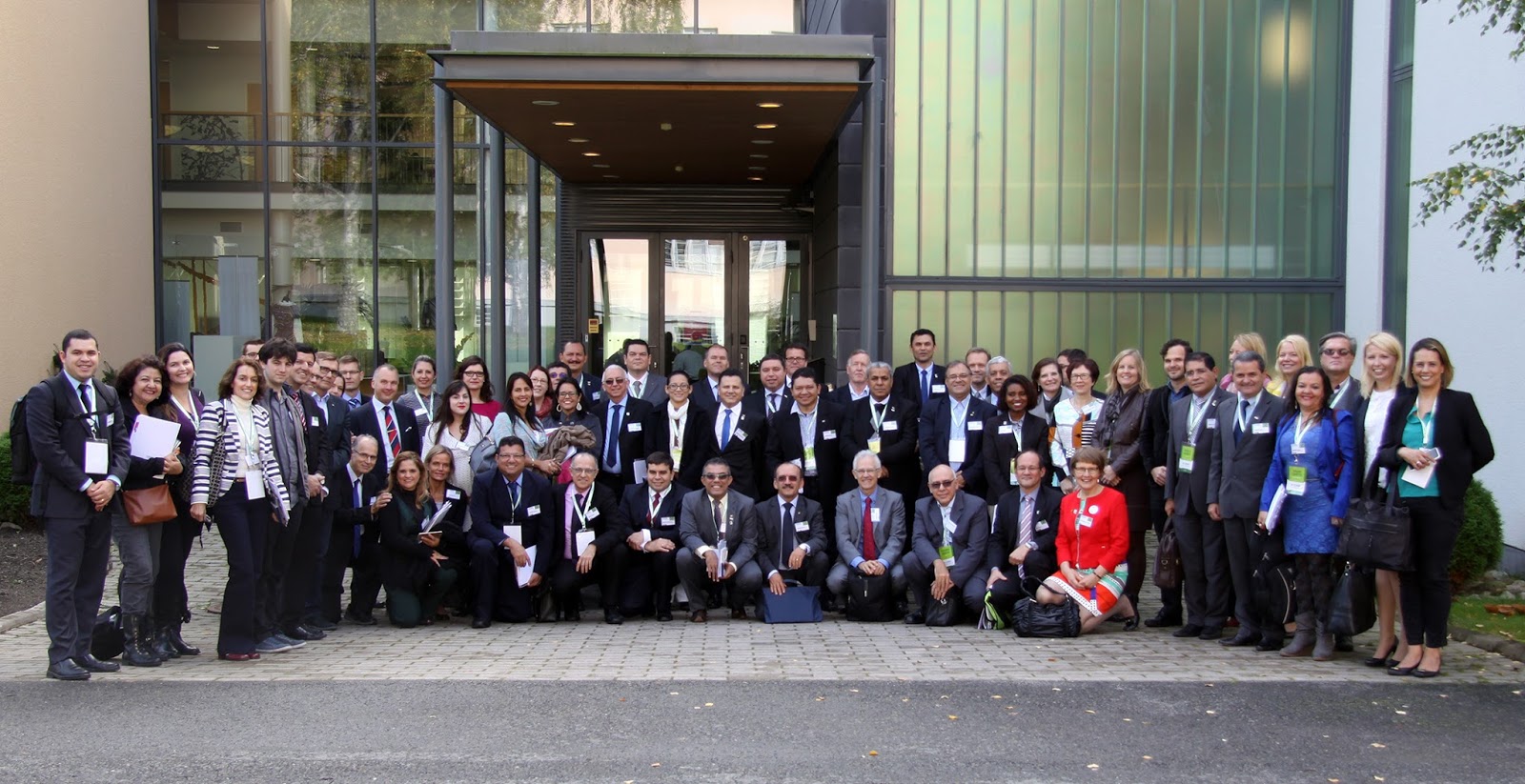
“A culture for learning refers to the atmosphere and energy level in a classroom where students are engaged in important work. The teacher conveys enthusiasm for the subject, letting students know that they are pursuing this knowledge because it’s important, interesting, and fun—as opposed to learning something because it will be on the state test or is in the textbook. The teacher also communicates to students that although the content is challenging, it is within the reach of any student committed to working hard. In such classrooms, students respond by taking pride in their work and experience the feeling of satisfaction that comes from having achieved major goals.” (Charlotte Danielson)
Text and photos: Brian Joyce

M.A. (CLIL, Online and Distance Education), Senior Lecturer
Häme University of Applied Sciences
- About the Amazonian Rain Forest from One Stop English
- One Stop English and CLIL (put your mouse over the CLIL tab to get a full menu)
- CLIL worksheets (Macmillan)
- Essay on CLIL and its potential and practice
- Crossword maker e.g. crosswords for gap filling pairwork
- Teachers’ communication skills needed in the classroom. Appendix 1 as referred to in my Imagine lecture
- CLIL: from Online Sources to Learning Resources
- Online clips for CLIL
- Five of the best CLIL resources online

